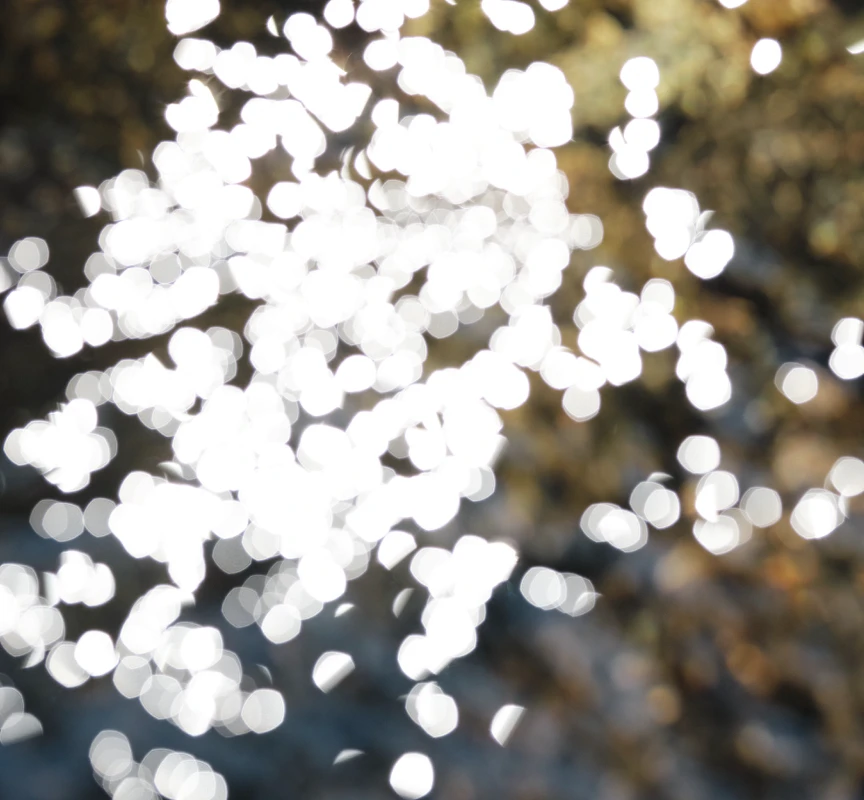Feature
The Fluid World of Kanji: Exploring Water’s Circulation through Animation

Index
Shifting Forms Freely
Circulating and Traveling the Earth
Emotions Flow Out
Fascinating People Since Ancient Times
Nourishing Our Bodies
Dirtying and Cleaning
When Water Takes on Color
Oceans, rivers, clouds, rain, ice—water is ever-present, constantly shifting forms and pervading every corner of our planet. Covering more than 70% of the Earth’s surface and making up over 50% of the human body, water is truly essential.
Its diverse roles and meanings are reflected in the vast number of kanji characters associated with it. According to Dai Kan-Wa Jiten, there are an impressive 1,816 kanji featuring the radicals 水 (mizu) and 氵 (sanzui). Water is not only crucial in our daily lives but also prominently featured in the language.
Art director and graphic designer Takuto Okamoto will bring this dynamic cycle of water to life through his innovative animations.
Shifting Forms Freely
水 → 蒸(蒸気)→ 氷 → 水
water → steam → ice → water
─
As temperatures rise, water vaporizes and disperses into the air. When temperatures drop, it solidifies into ice, shimmering in the cold.
Water continually changes its form, adapting to both nature and our daily lives.
Circulating and Traveling the Earth
水 → 川 → 海 → 雲 → 雨 → 浸(浸透)→ 水
water → river → ocean → cloud → rain → soak → water
─
Rivers flow towards the sea.
Seawater evaporates, forming clouds that drift across the sky.
Rain returns to the ground and eventually makes its way back to the rivers.
This global water cycle is endless.
Emotions Flow Out
水 → 涙 → 流 → 涙 → 水
water → tear → flow → tear → water
─
The radical 氵 symbolizes the flow of water.
Tears, composed of water, are a physical manifestation of our emotions.
As we cry, tears carry away our sadness and joy.
But where do these emotions go once they leave the body?
Fascinating People Since Ancient Times
水 → 沸 → 湯 → 浴 → 水
water → boil → warm(water) → bath → water
─
The kanji 浴, meaning bath, represents water stored in a basin.
The bath, originating in Mesopotamia around 4000 BC, continues to captivate people today. It’s a remarkable invention that transforms water into a source of comfort and happiness.
Nourishing Our Bodies
水 → 汗 → 渴 → 潤 → 水
water → sweat → thirst → moist → water
─
Sweating makes us thirsty, signaling our bodies’ need for water.
Our bodies are largely composed of water, which we constantly replenish.
The kanji 潤 depicts treasures overflowing within a gate, symbolizing “moisturizing” or “containing moisture.”
To us, water is indeed a precious resource.
Dirtying and Cleaning
水 → 泥 → 洗 → 水
water → mud → wash → water
─
Mud is essentially soil saturated with water.
Water exerts its power in various ways, whether it’s to make things dirty or to clean them.
It remains a colorless, transparent presence with a neutral impact—neither adding nor subtracting.
When Water Takes on Color
水 → 濃 → 淡 → 滲 → 消 → 水
water → dark → light → blur → fade → water
─
Place a drop of water on paper.
The liquid seeps in, spreading and blurring the edges.
What starts as a clear, colorless liquid eventually takes on a hue, creating a fleeting and ephemeral color that soon fades.
Animation: Takuto Okamoto
Let’s Share!
If we were to express water, which changes its form in various ways as it circulates, in "kanji"...? Share your Monthly JP pavilion and circulate your thoughts.
Related Articles

02/03
Supporting the Earth’s Cycle: The Mysteries of Water
Water: a daily essential we drink, use, and see.Of course, it’s also indispensable for the Earth’s cycle.Here, we take a closer look at its unique properties.
Read more
03/03
A Whisper from a Martian Meteorite: The Connection Between Space and Life
After a 10-million-year journey through space, a Martian meteorite reached Earth.This is the miraculous story of its encounter with humankind.
Read more